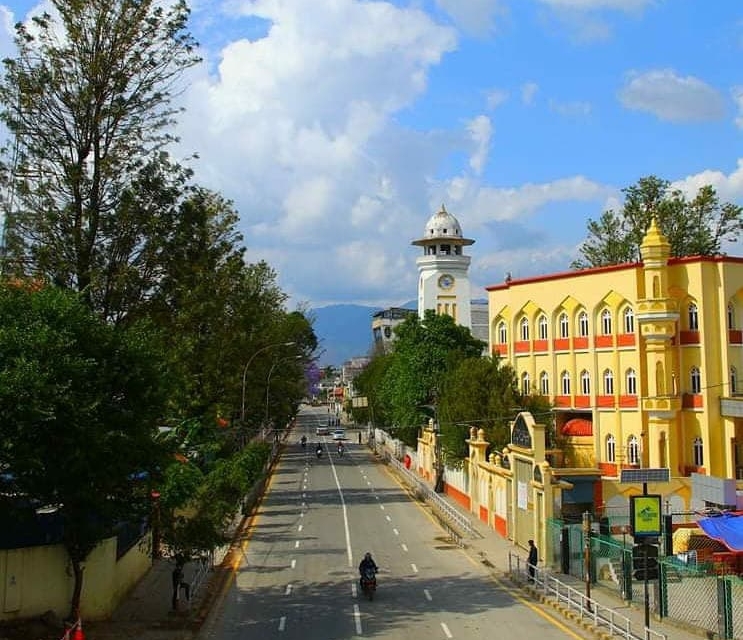
The chief of COVID-19 Crisis Management Committee (CCMC), Balananda Sharma, said that the concept of smart lockdown was being prepared by adopting effective strategies to curb the spread of COVID-19 while keeping the economy afloat.
“The infection rate in the country has increased, but not in all districts. Therefore, rules will be enforced according to the risk and need,” Sharma said.
“Areas with more number of infection will undergo strict restrictions whereas areas with negligible infection rate will not impose any restrictions and adhere to effective health protocols.”
CCMC has agreed to impose prohibitory orders or relax the same keeping in mind the risk and impact of infection in particular districts.
To implement smart lockdown, different districts will be divided into five categories – red, amber, yellow, green and white – based on high to low risk, respectively.
Sharma said that the COVID-19 infection rate, comparative analysis with the previous year’s infection rate, number of deaths due to COVID-19, hospitalization due to COVID-19 and number of patients who have reached ICU and ventilator will be considered as factors to decide that a particular district will be categorized in which color zone.
He added that local levels and district administration offices will be responsible for imposing prohibitory orders in their respective areas.
According to him, the provincial government will take the decision if several districts are at high-risk at the same time.
Meanwhile, district administration officers of all three districts in the Kathmandu Valley said that they had no plans as of yet to implement smart lockdown in the Valley. At present, prohibitory orders are imposed in Kathmandu Valley till August 24.
Under the prohibitory orders, physical academic classes along with all kinds of gatherings at conferences, party palaces, cinema halls, restaurants, entertainment venues, swimming pools, museums and stadiums are not in the Valley.
Similarly, public and private transport are not allowed to operate after 8 pm.
The Chief District Officer (CDO) of Kathmandu, Kali Prasad Parajuli, said that the current prohibitory orders were effective.
He said, “We are doing programs like crowd control, awareness and mask distribution. There will be discussions on strict prohibitory orders only if necessary. The data related to COVID-19 transmission from other districts is also being analyzed.”
Bhaktapur CDO, Prem Prasad Bhattarai, said, “New cases are on the rise, but the situation has been manageable till date.”
According to Bhattarai, the ongoing prohibitory orders will be tightened only if health facilities are overwhelmed and if there is lack of oxygen, ICU as well as ventilator due to increased COVID-19 infections.
He said that the economy would not be able to survive if the markets and businesses came to a standstill.
“The scope of vaccine distribution has been widened. There is no need to implement strict lockdown immediately as people have become more aware,” said Dhundi Prasad Niraula, Lalitpur CDO.
Further discussions on the prohibitory orders will be held in the Valley on August 24.
Meanwhile, the strict prohibitory orders implemented in Jhapa district two weeks ago after increased COVID-19 cases has been relaxed since Tuesday.
The Chamber of Commerce and Industry and other businesses in Jhapa had pressurized the local government to lift the prohibitory orders. They had submitted a demand letter to the district administration office with a commitment to expedite market monitoring and adopt health safety measures.
Smart lockdown is likely to be imposed in Birtamod, Damak, Mechi, Bhadrapur and other big municipalities sooner rather than later.
Similarly, Kaski CDO, Thaneshwar Gautam, said that some of the most affected areas including Pokhara need to be placed under strict prohibitory orders.





